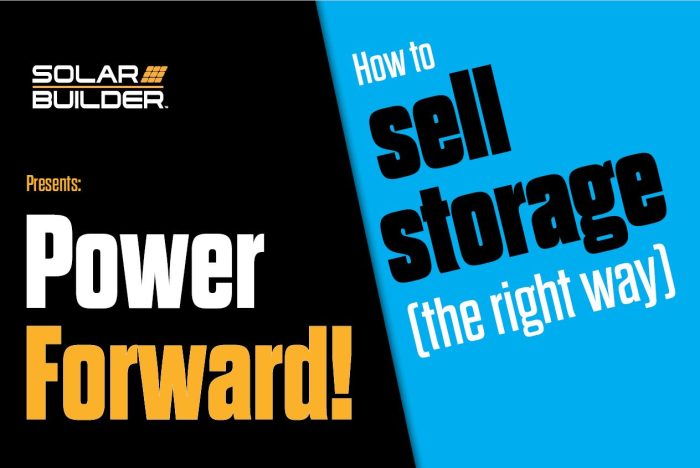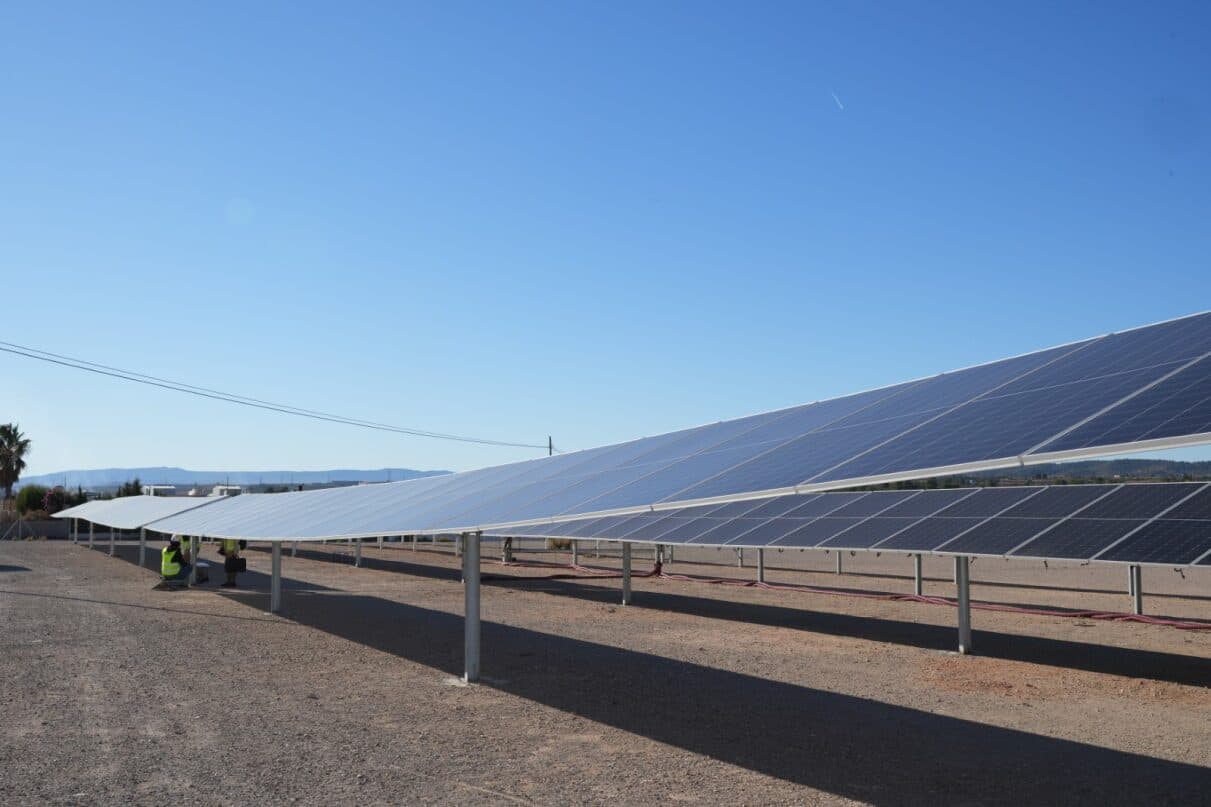Reliable financing is key to overcoming solar supply chain obstacles

The future of solar energy is clearly bright, but large commercial or utility-scale projects in this rapidly evolving market face unique hurdles. While project site selection constraints, panel and other installation issues and murky supervisory control and data acquisition system (SCADA) requirements are the most common solar construction obstacles, the biggest short-term challenges today are tied to supply chain difficulties, labor shortages and access to capital.
Due to the pandemic, strained supply chains and constricted labor markets plague the entire construction industry, raising contractor costs and causing project delays. Supply chain issues are particularly acute in the solar industry, as projects compete not only with residential and commercial development for “traditional” construction materials and workforce, but tech, auto and other industries for crucial components like polysilicon, steel, copper and other valuable metals and microchips, which have become even more scarce and expensive as demand rises.
The solar industry is uniquely impacted by limited suppliers and international political challenges. Today, there are only a handful of U.S. solar panel manufacturers, which provide only 1 percent of global supply. The vast majority of solar panels are manufactured in China, which now accounts for 67 percent of production. Even as the U.S. pushes to speed solar implementation, contractors are forced to rely on Chinese manufacturers at a time when the supply chain is already stretched thin. In addition, in August U.S. Customs and Border Protection began blocking Chinese solar panel imports from companies accused of forced labor conditions, potentially worsening supply shortages and further raising contractor costs.
How can contractors and subcontractors adapt to overcome these significant challenges and take advantage of growing opportunity in the solar marketplace?
Better access to predictable, reliable financing options for procurement is the first, key step.
Keeping a construction business running while waiting for the backlog of unpaid invoices requires strong resolve and creativity. Every construction contractor or subcontractor faces the same fundamental dilemma: needing to pay for materials, labor and general and administrative expenses each month. All too often, juggling these financial peaks and valleys is the difference between a company’s success and failure. Being opportunistic about your procurement requires funding flexibility.
The reality is that supply chain finance in the construction industry has been broken for decades. Because project payment is contingent upon multiple factors and prone to considerable delays, it is commonplace for contractors and subcontractors to lack financing to pay for materials upfront, bid on projects and grow. Contractors, subcontractors and suppliers are typically the last to get paid, often waiting 60 to 90 days for completed work. Solar projects are especially impacted, as delays due to interconnection — utility and municipality delays — further lengthen the payment process. Cash flow alone is simply too unpredictable to pay on time consistently and comfortably for labor or materials, let alone reliably finance the sizable expenses that come with scaling a business.
Unfortunately, traditional lending services that are unfamiliar or uncomfortable with the realities of construction payment cycles are hesitant to invest in contractors and subcontractors, leaving too few choices in an industry dependent on consistent capital. The solar industry has developed a series of more creative financing options, but these alternatives are simply not enough to ensure growth.
Anyone in the construction industry knows that cash-flow issues do not discriminate. Large or small, subcontractors sit at the bottom of the payment stream. The more established you are, the more financial options are available to weather those delays, but less-established businesses have a tough time securing the financing needed to succeed. For any up-and-coming construction entrepreneur, the question is: how do you access the construction financing options available to the major players and utilize them to scale your business?
Taking advantage of material finance options can help grease the supply chain. It guarantees your solar suppliers are paid cash up front, which guarantees materials are reliably delivered to you. Not only do material deliveries flow in, but you have more time to pay for them. What supplier doesn’t want to work with a business who pays cash in full on every purchase? Paying cash up front could be your competitive advantage in sourcing material. Material financing ensures immediate payment to your supplier, essentially eliminating their risk. And with cash payments come cash discounts — making material financing one of the smartest ways for contractors to get a better deal on their project materials.
In this current market, with unpredictable supply chains, rising prices, and severe labor shortages, relying only on cash flow to win and complete solar projects on schedule is a risky bet. Solar contractors and subcontractors need to take advantage of new financial tools that can help maximize new opportunities, overcome market challenges and better navigate the realities of a rapidly changing industry.
Christopher Doyle is an entrepreneur and business leader with extensive construction industry experience and a record of launching successful startups. He is the co-founder and CEO of Billd, a payment solution for the construction industry.
Listen to more in-depth conversations on Solar Builder’s YouTube channel

Our most popular series include:
Power Forward! | A collaboration with BayWa r.e. to discuss higher level industry topics.
The Buzz | Where we give our 2 cents per kWh on the residential solar market.
The Pitch | Discussions with solar manufacturers about their new technology and ideas.





Comments are closed here.